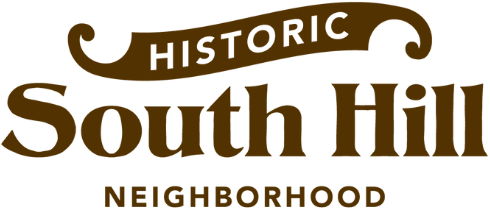About Us
"The south hill," so called by pioneers because of its location on a rise to the south of the Town Fork of Elkhorn, was developed not long after the beginning of the nineteenth century. Its rapid and early growth can be attributed to its convenient location near the market area of old Lexington and its high, level topography.
South Hill was designated as a local historic district in 1972.
The neighborhood was listed on the National Register of Historic Places in 1978.
The South Hill neighborhood originally developed on land overlooking the Town Branch and contained the southernmost lots on the 1781 plat of Lexington. While the area initially attracted affluent and middle-class white residents, as well as free African Americans, it became a predominantly working-class enclave following the Civil War. Today, it boasts a high concentration of Federal, Greek Revival, Italianate, and Queen Anne buildings that retain their architectural integrity. Two log houses dating to 1784 and1805 are also extant. After an urban renewal campaign in the late 1960s and early 1970s resulted in the loss of numerous historic structures on the north side of W. High Street, South Hill was designated a protected H-1 overlay district in 1972. Six years later, it was nominated to the National Register of Historic Places as a historic district. In the decades since, the neighborhood has experienced a renaissance thanks to the investment of property owners attracted to its ambiance, walkability, and proximity to the downtown. Pressures on its borders from commercial development and a growing university compelled the Blue Grass Trust to acquire and hold conservation easements on several properties in the district to prevent demolition or inappropriate alterations.

